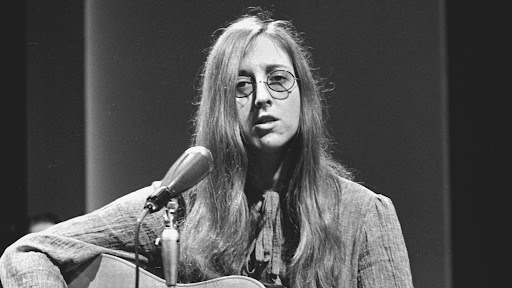The eve of 1st November, when the Celtic Winter begins, is
the dark counterpart of May Eve which greets the Summer. More than that, 1st
November for the Celts was the beginning of the year itself, and the feast of
Samhain was their New Year’s Eve, the mysterious moment which belonged to
neither past nor present, to neither this world nor the Other. Samhain (pronounced
‘sow-in’, the ‘ow’ rhyming with ‘cow’) is Irish Gaelic for the month of
November; Samhuin (pronounced ‘sat:-en’, with the ‘n’ like the ‘ni’ in ‘onion’)
is Scottish Gaelic for All Hallows, 1st November.
Crops had all to be gathered in by 31st October, and ‘anything
still unharvested was abandoned- because of the Pooka, a nocturnal, shape-Changing
hobgoblln who delighted in tormenting humans, was believed to Spend Samhain
night destroying or contaminating whatever remained unreaped. The Pooka’s
favourite disguise seems to have been the shape of an ugly black horse.
Thus to economic uncertainty was added a sense of psychic
eeriness, for at the turn of the year- the old dying, the new still unborn- the
Veil was very thin. The doors of the sidh-mounds
were open, and on this night neither human nor fairy needed any magical
password to come and go. On this night, too, the spirits of dead friends sought
the warmth of the Samhain fire and communion with their living kin. This was Féile
na Marbh (pronounced ‘fayluh nuh mow’), the Feast of the Dead, and also Féile
Moingfhinne (pronounced ‘fayluh mong-innuh’), the Feast of the White-Haired
One, the Snow Goddess. It was “a partial return to primordial chaos . . . the
dissolution of established order as a prelude to its recreation in a new period
of time”, as Proinsias mac Cana says in Celtic
Mythology.
So Samhain was on the one hand a time of propitiation, divination
and communion with the dead, and on the other, an uninhibited feast of eating,
drinking and the defiant affirmation of life and fertility in the very face of
the closing dark.
Ireland’s
bonfire-and-firework night is still Hallowe’en, and some of the unconscious
survivals are remarkable. When we lived at Ferns in County Wexford, many of the
children who ambushed us at Hallowe’en hoping for apples, nuts or “money for
the King, money for the Queen” included one who was masked as ‘the Man in
Black’. He would challenge us with “I am the Man in Black- do you know me?”- to
which we had to reply “I know who you are, but you are the Man in Black.” We
wonder if he realized that one of the significantly recurrent pieces of evidence
in the witchcraft trials of the persecution period is that ‘the Man in Black’
was the coven’s High Priest, whose anonymity must be stubbornly protected.
Samhain, like the other pagan festivals, was so deeply
rooted In popular tradition that Christianity had to try to take it over. The
aspect of communion with the dead, and with other spirits, was Christianized as
All Hallows, moved from its original date of 13th May to 1st November, and
extended to the whole Church by Pope Gregory IV in 834. But its pagan overtones
remained uncomfortably alive, and in England
the Reformation abolished All Hallows. It was not formally restored by the Church
of England until 1928, “on the assumption that the old pagan associations of
Hallowe’en were at last really dead and forgotten; a supposition that was
certainly premature” (Doreen Valiente, An ABC of Witchcraft).
One thing Samhain has always been, and still is: a lusty and
wholehearted feast, a Mischief Night, the start of the reign of the Lord of
Misrule, which traditionally lasts from now till Candlemas- yet with serious
undertones. It is not that we surrender to disorder but, as Winter begins we
look primordial chaos in the face so that we may discern in it the seeds of a
new order. By challenging it, and even laughing with it, we proclaim our faith
that the Goddess and the God cannot, by their very nature, allow it to sweep us
away.
From:
By North Utsire

































